10 Best Herbal Lotions For Bee Sting

Herbal lotions can be an effective and natural remedy for relieving the discomfort caused by bee stings.
These lotions often contain soothing ingredients like aloe vera, chamomile, and calendula, which have anti-inflammatory and antiseptic properties. Applying a herbal lotion after a bee sting can help reduce swelling, itching, and redness by calming the skin's reaction to the venom. Many herbal formulations are gentle enough for sensitive skin and can be used as an alternative to over-the-counter antihistamines or corticosteroid creams.
For best results, it's recommended to apply the lotion directly to the affected area as soon as possible after the sting.
FREE Herb Drying Checklist
How to make sure every batch retains maximum flavor, color, and aroma without the risk of mold or over-drying. Eliminate guesswork and trial-and-error, making herb drying faster, easier, and more efficient every time.
Table of Contents
1. Calendula officinalis
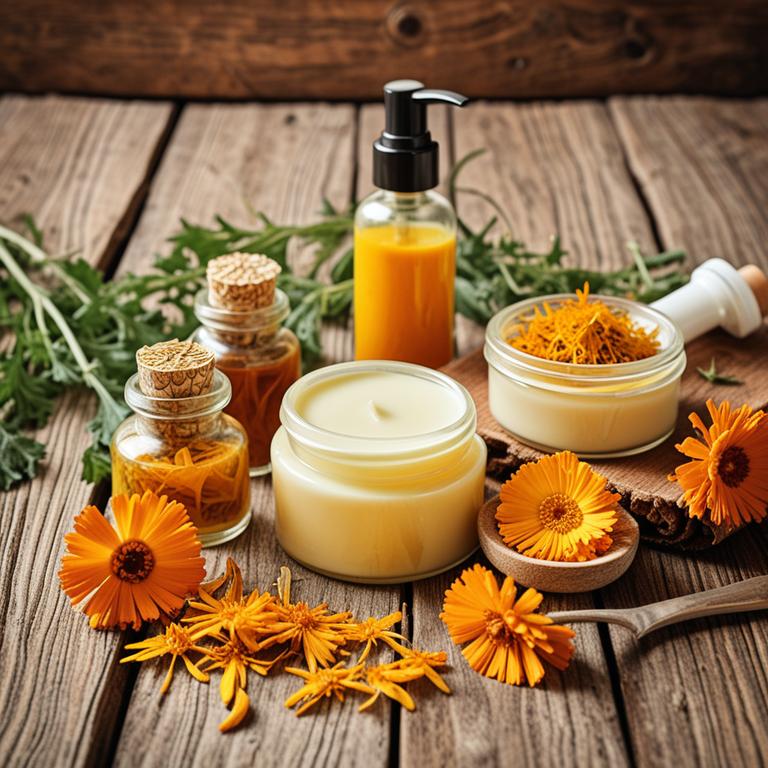
Calendula officinalis herbal lotions are commonly used to alleviate the symptoms of bee stings due to their anti-inflammatory and soothing properties.
These lotions contain extracts from the flowers of the calendula plant, which are known for their ability to reduce redness, swelling, and irritation. The natural compounds in calendula, such as flavonoids and triterpenes, help to calm the skin and promote healing after a bee sting. Applying a calendula lotion can provide relief from the pain and discomfort associated with the sting.
However, it is advisable to consult a healthcare professional if the reaction is severe or if an allergic response occurs.
2. Hypericum perforatum
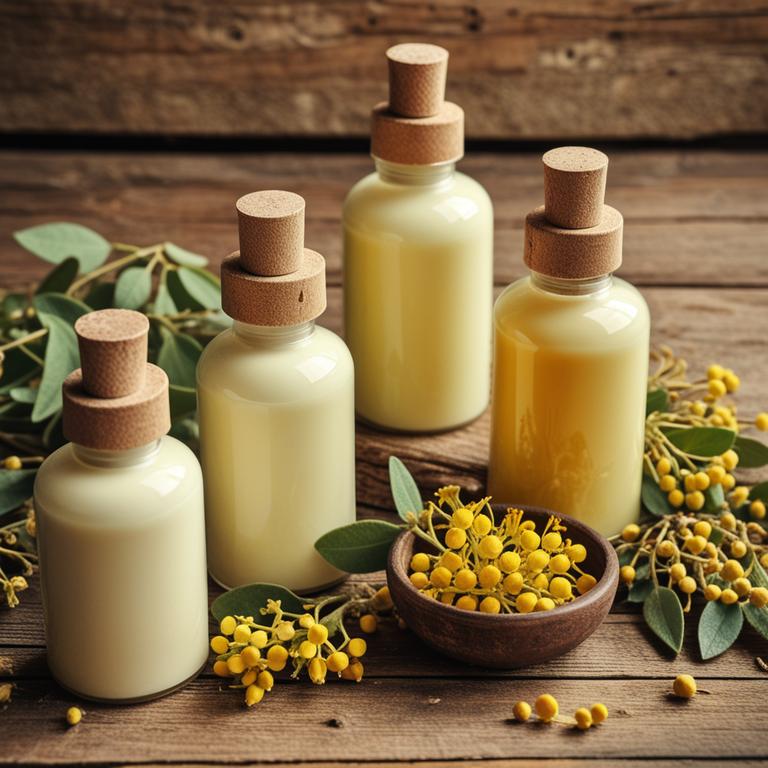
Hypericum perforatum, commonly known as St. John's Wort, is often used in herbal lotions for its anti-inflammatory and soothing properties.
These lotions are popular for alleviating the pain and swelling associated with bee stings due to the plant's natural compounds like hyperforin and flavonoids. Applying a St. John's Wort lotion directly to the affected area can help reduce redness and irritation while promoting healing. However, it is important to note that individuals taking certain medications should consult a healthcare provider before using this remedy, as it may interact with some drugs.
Overall, hypericum perforatum herbal lotions offer a natural alternative for managing the discomfort of bee stings when used appropriately.
3. Lavandula angustifolia
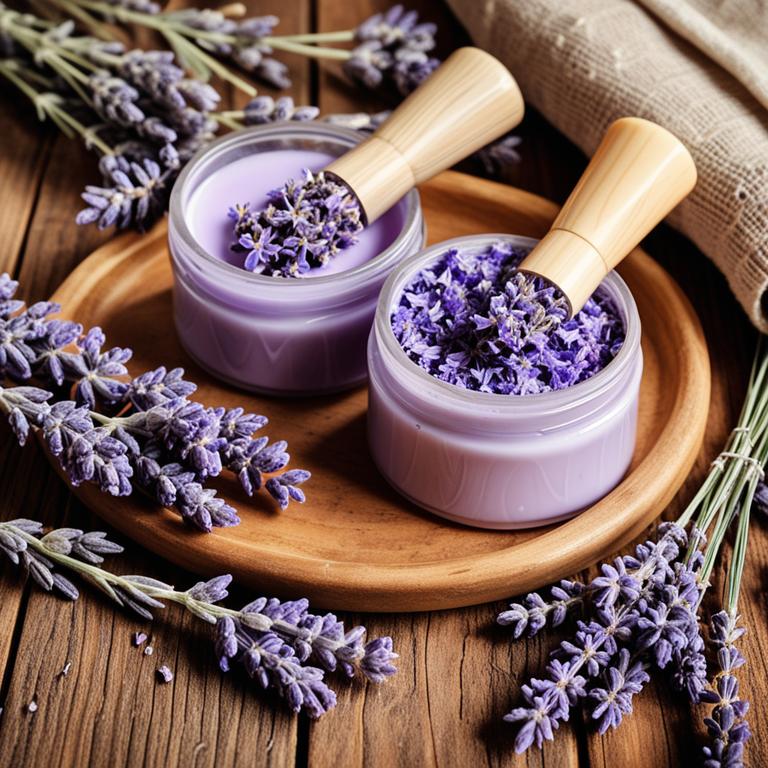
Lavandula angustifolia, commonly known as English lavender, is widely used in herbal lotions for its soothing and anti-inflammatory properties.
These lotions are often formulated with lavender essential oil and other natural ingredients to provide relief from the pain and swelling associated with bee stings. The calming aroma of lavender helps to reduce stress and promote relaxation, which can enhance the overall healing process. Applying a lavender herbal lotion after a bee sting can help alleviate itching and prevent infection due to its antimicrobial qualities.
As a natural alternative to commercial remedies, lavender-based lotions are a safe and effective option for those seeking gentle, plant-based relief.
4. Urtica dioica
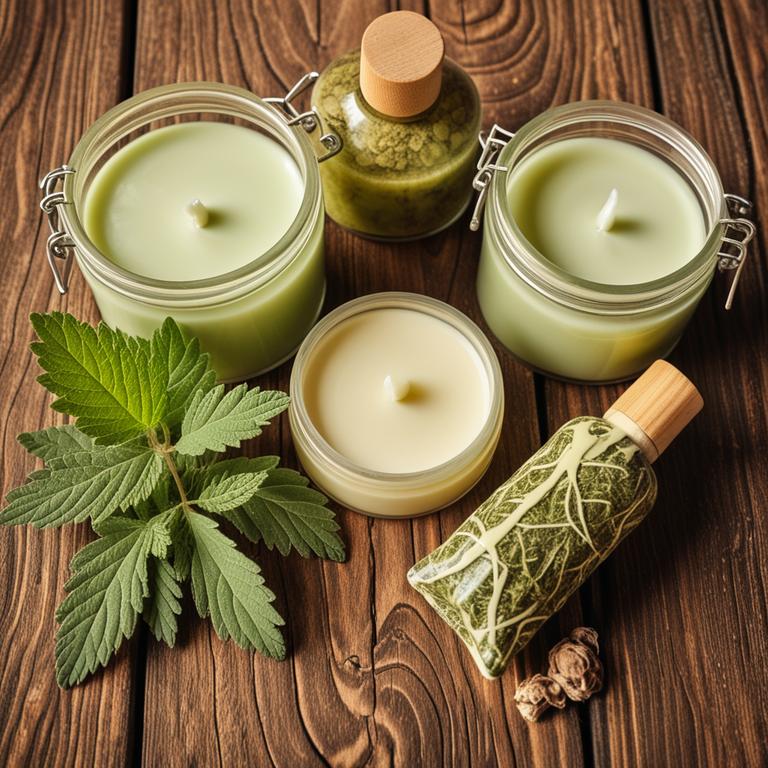
Urtica dioica, commonly known as stinging nettle, is often used in herbal lotions to alleviate the symptoms of bee stings due to its anti-inflammatory and soothing properties.
These lotions typically contain a concentrated extract of the plant, which can help reduce swelling, redness, and irritation caused by the venom. The cooling effect of the lotion provides immediate relief, making it a popular natural remedy for those seeking alternatives to chemical-based treatments. Applying the lotion directly to the affected area can also help draw out the venom and prevent further irritation.
While generally safe, it is advisable to perform a patch test before use to ensure no allergic reaction occurs.
5. Chamomilla recutita
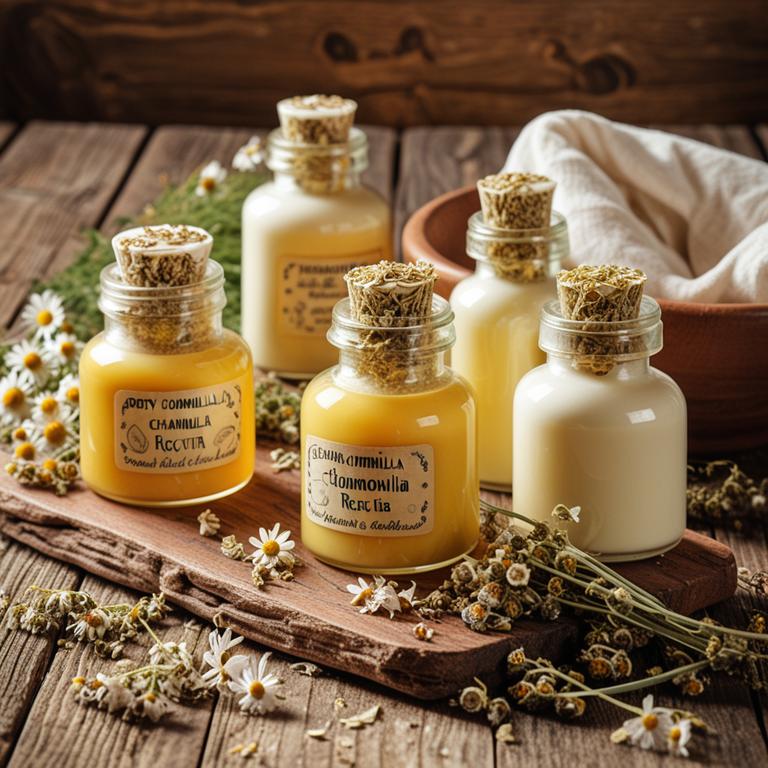
Chamomilla recutita herbal lotions are traditionally used to alleviate the symptoms of bee stings due to their anti-inflammatory and soothing properties.
These lotions often contain chamomile extract, which is known for its ability to reduce redness, swelling, and irritation caused by bee venom. The calming effect of chamomile helps in easing the discomfort and promoting faster healing of the affected area. When applied topically, these lotions can provide a cooling sensation that further relieves the pain associated with bee stings.
However, it is important to ensure that the lotion is suitable for sensitive skin and to consult a healthcare professional if an allergic reaction occurs.
6. Aloe barbadensis
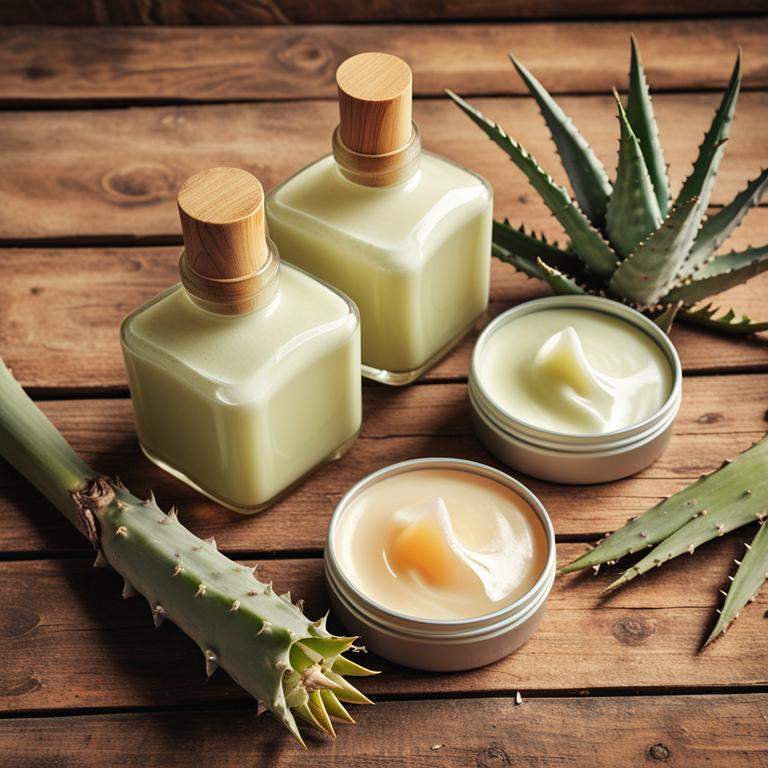
Aloe barbadensis herbal lotions are commonly used to provide relief from bee sting symptoms due to their soothing and anti-inflammatory properties.
The gel-like consistency of aloe vera helps to cool the skin and reduce redness, swelling, and itching caused by the sting. It also acts as a natural barrier, preventing further irritation and promoting faster healing of the affected area. Rich in vitamins, enzymes, and antioxidants, aloe vera supports the skin's natural repair process and minimizes the risk of infection.
When applied directly to the sting, aloe barbadensis herbal lotion can be a safe and effective first-aid remedy for those seeking a natural alternative to conventional treatments.
7. Arnica montana
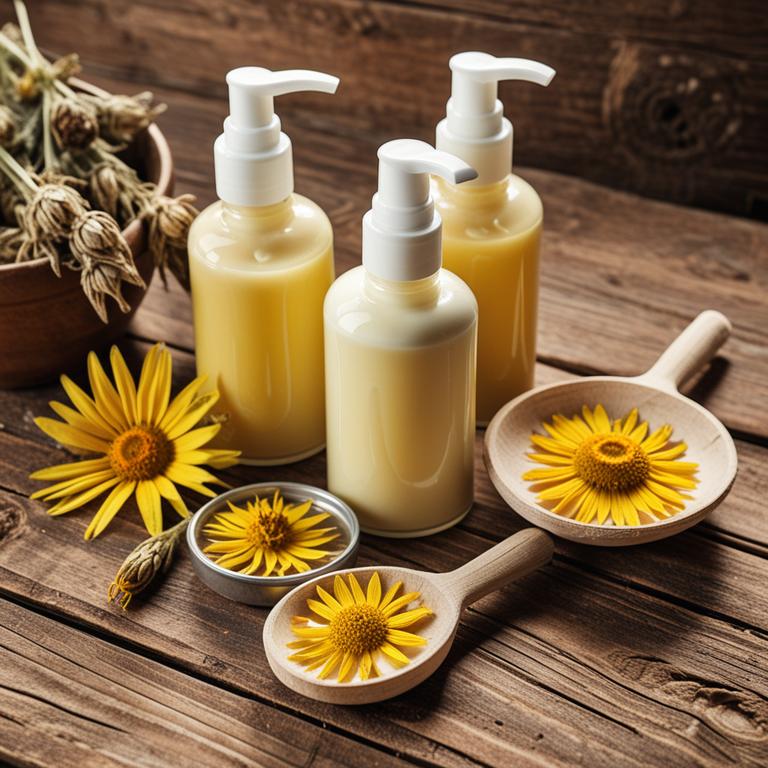
Arnica montana herbal lotions are commonly used to alleviate the pain and swelling associated with bee stings due to their anti-inflammatory and analgesic properties.
These lotions typically contain a concentrated extract of the Arnica montana plant, which is known for its ability to reduce bruising and promote tissue healing. When applied topically to the affected area, the lotion can help soothe irritation and speed up recovery. However, it is important to avoid using arnica on open wounds or broken skin, as it may cause further irritation.
Always follow the product instructions and consult a healthcare professional if symptoms persist or worsen.
8. Echinacea purpurea
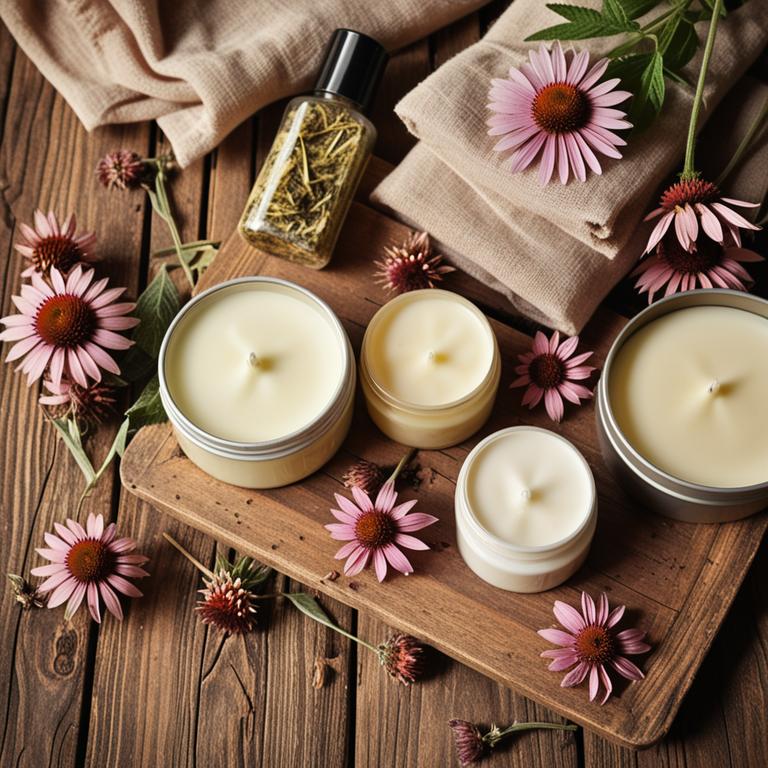
Echinacea purpurea herbal lotions are often used to alleviate the symptoms of bee stings due to their anti-inflammatory and antimicrobial properties.
These lotions typically contain extracts from the purple coneflower, which is known for its immune-boosting benefits. Applying the lotion to the affected area can help reduce redness, swelling, and irritation caused by the sting. The natural ingredients in echinacea may also help prevent infection and promote faster healing.
However, individuals with allergies to plants in the daisy family should exercise caution before using these products.
9. Plantago major
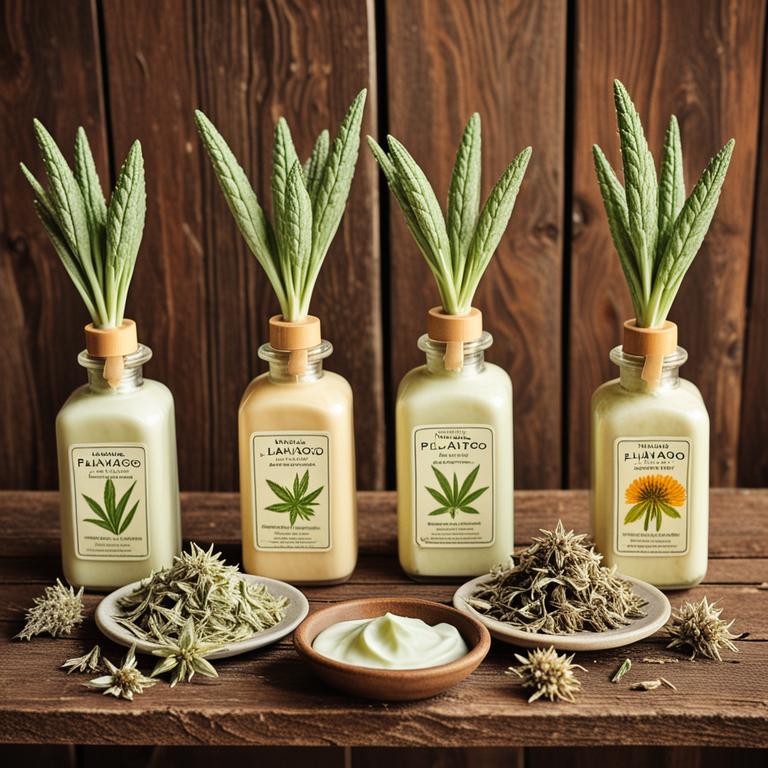
Plantago major, commonly known as broadleaf plantain, is a versatile herbal remedy often used in the form of a lotion to alleviate the discomfort caused by bee stings.
The leaves of this plant contain soothing compounds such as allantoin and mucilage, which help to reduce inflammation and promote healing of the affected skin. When applied topically, plantago major herbal lotion can provide relief from swelling, itching, and irritation caused by bee stings. It is typically prepared by infusing the fresh or dried leaves in a carrier oil or water, creating a gentle and natural treatment option.
This remedy is especially favored for its mild, non-irritating properties, making it suitable for sensitive skin and a safe alternative to conventional antihistamines or corticosteroids.
10. Symphytum officinale
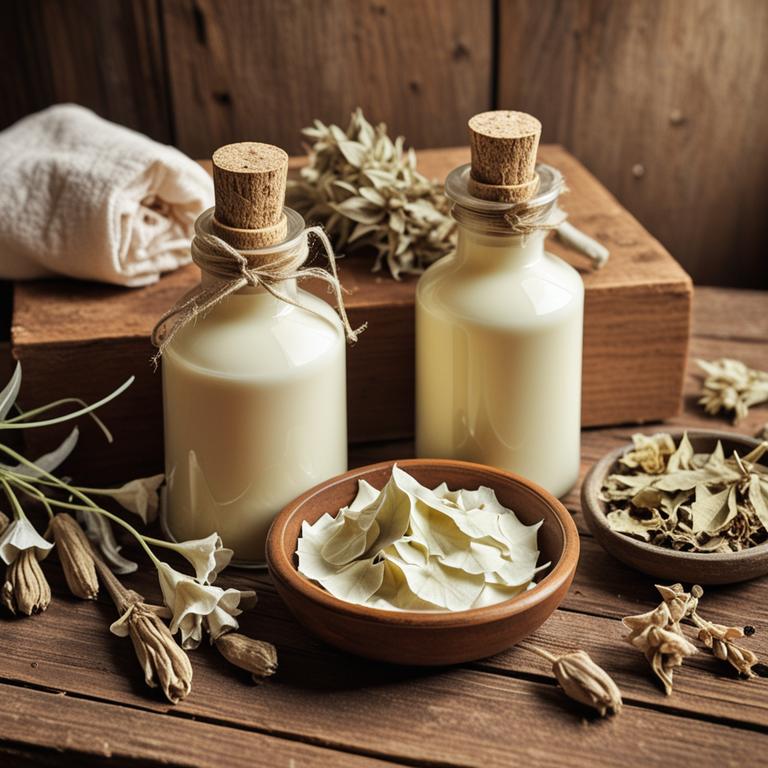
Symphytum officinale, commonly known as comfrey, is a traditional herbal plant often used in the formulation of herbal lotions for bee sting relief.
These lotions typically contain comfrey extract, which is believed to have anti-inflammatory and healing properties that can help reduce swelling and discomfort. The soothing effects of comfrey may promote tissue repair and alleviate the irritation caused by bee stings. However, it is important to note that comfrey should be used with caution, as some forms may contain pyrrolizidine alkaloids, which can be toxic in large quantities.
Always consult a healthcare professional before using comfrey-based products, especially for prolonged periods or on sensitive skin.